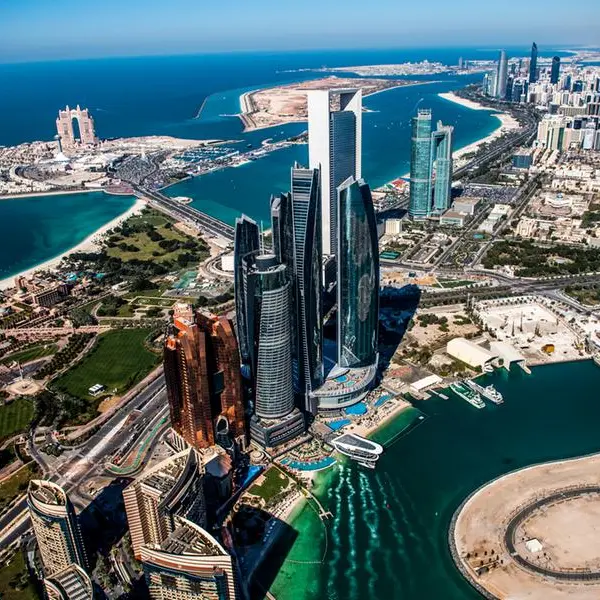Outlook Stable
Fitch Ratings-London-28 August 2015: Fitch Ratings has affirmed Qatar's Long-term foreign and local currency Issuer Default Ratings (IDR) at 'AA' with a Stable Outlook. The Country Ceiling has been affirmed at 'AA+' and the Short-term foreign currency IDR at 'F1+'.
KEY RATING DRIVERS
The 'AA' rating reflects Qatar's very strong net external sovereign assets and current efforts to address the impact of lower oil prices on the fiscal balance. It also factors in the dependence on hydrocarbons and a weak but improving weak institutional framework.
Qatar's public finances have been severely hit by the decline in oil prices. Qatar is a major oil producer and the world's largest exporter of liquefied natural gas, which is typically priced off oil prices, so that hydrocarbon revenue accounted for 90% of fiscal revenue in 2014. The oil price decline is expected to lead to a drop in revenue in 2015 of 29%.
However, the authorities had already scaled down an ambitious medium-term infrastructure investment programme and have started taking measures to control current expenditure. In addition, the fiscal surplus was very high before the oil price decline, so that even the forecast deterioration by about 11 percentage points of GDP between 2014 and 2016 will only lead to a moderate deficit of 2.6% of GDP next year, with a moderate recovery to a deficit of 0.4% in 2017 driven by the recovery of oil prices.
These fiscal estimates exclude investment income transferred to the government by Qatar Investment Authority (QIA), the sovereign wealth fund, which does not provide data on assets or income. Income is estimated to amount to approximately 3% of GDP and will thus be sufficient to cover any deficits. Including QIA, sovereign net foreign assets are estimated to amount to 121% of GDP at end-2014.
Due to the debt-financed development strategy pursued during the 2000s, the government and government-related companies built up a substantial stock of debt. As a result, its net external creditor position is below peers, at 19% of GDP in 2014. However, de-leveraging is underway and the level of debt is currently not a major risk.
While some 50% of GDP comes from hydrocarbons, a moratorium on most new hydrocarbon development declared in 2005 means that the sector is currently not a driving factor for GDP growth. Growth is instead primarily driven by spending on the government's ambitious development programme and the population growth resulting from the associated high demand for labour. Real GDP growth (using 2004 as the base year) is expected to stand at 6.6% in 2015, 5.7% in 2016 and 5% in 2017.
Inflation is low, at 1.6% in July 2015, but the rapid pace of development and the resulting strains on resources raise risks of asset bubbles or bouts of high inflation. The IMF has re-confirmed that the peg of the Qatari Riyal to the US dollar is appropriate for Qatar given its hydrocarbon dependence, but it means that monetary policy cannot be used to stabilise the macro-economy. However, the important role of government-controlled organisations and the importance of public spending in the economy still provide room for stabilising measures.
Particularly since the accession of the new emir in 2013, the authorities are building capacities, such as the public investment management unit with the Ministry of Finance, to improve public sector management, better control of investment projects and steer the macroeconomic impact of government policies. However, it may still take time for the new institutional structures to have their full impact and work on medium-term planning is still in early stages.
Most governance indicators are in line with peers, according to World Bank measures, although voice and accountability is considered a significant weakness. In common with most other highly rated GCC sovereigns, human development and ease of doing business rankings are below the peer median. Availability of data is weaker than peers, although in line with most similarly-rated GCC sovereigns. In particular, data on sovereign wealth fund assets and the international investment position is lacking.
RATING SENSITIVITIES
The main factors that, individually or collectively, could lead to negative rating action are:
- Sustained low oil prices and a failure to scale back expenditure, eroding fiscal and external buffers.
- An overheating economy that stretches bank balance sheets and necessitates government support.
- Spillover from a regional geopolitical shock or a renewed deterioration in regional political relations, that impacts economic, social or political stability.
The main factors that individually or collectively might lead to positive rating action are:
- Improvement in structural weaknesses such as reduction in oil dependence, and a strengthening in governance, the business environment and the economic policy framework.
KEY ASSUMPTIONS
Fitch forecasts Brent crude to average USD65/b in 2015, USD75/b in 2016 and USD80/b in 2017.
Fitch does not expect the moratorium on new gas extraction from the North Field to be lifted over the forecast period.
Contact:
Primary Analyst
Paul Gamble
Senior Director
+44 20 3530 1623
Fitch Ratings Limited
30 North Colonnade
London E14 5GN
Secondary Analyst
Jan Friederich
Senior Director
+852 226 39910
Committee Chairperson
Andrew Colquhoun
Senior Director
+852 226 39938
Media Relations: Peter Fitzpatrick, London, Tel: +44 20 3530 1103, Email: peter.fitzpatrick@fitchratings.com.
© Press Release 2015










